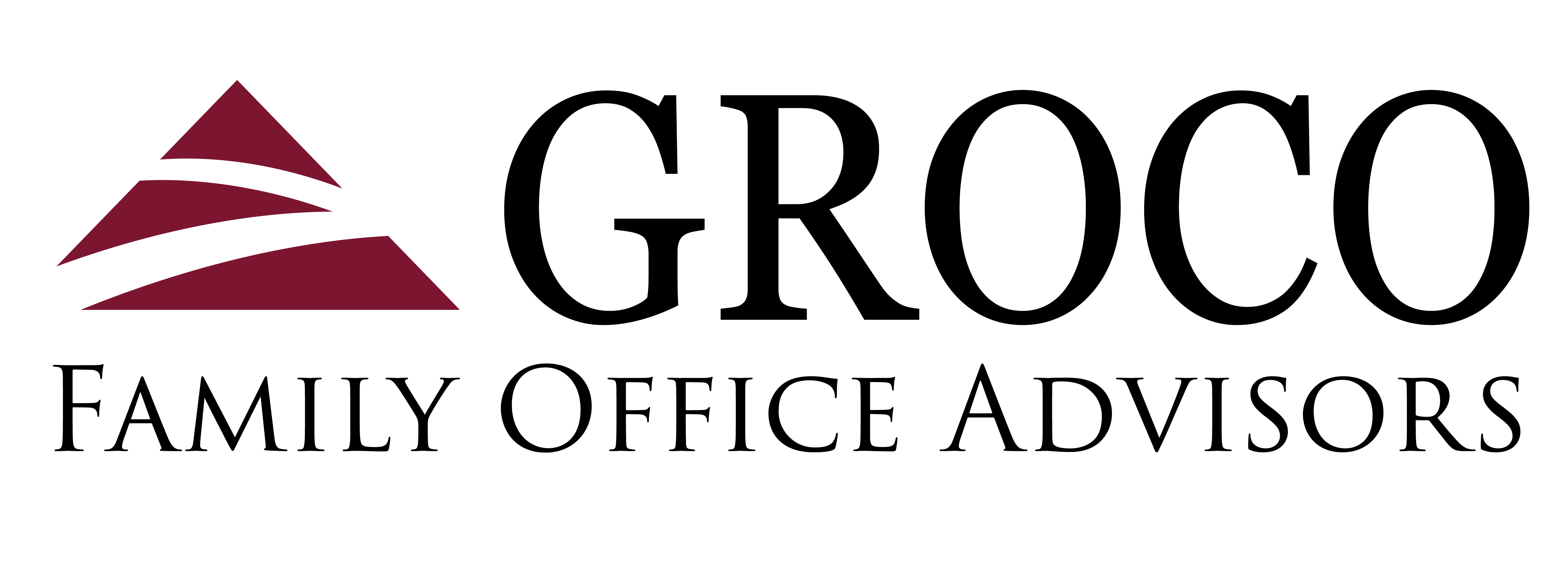Private Equity and Venture Capital Financing Structures

Private Equity and Venture Capital Financing Structures
By Joseph B. LaRocco
There are several structures that Private Equity funds (also known as venture capital funds) use when they give the green light to fund a company. The basic structures for private companies are common stock and convertible preferred stock. These structures usually contain an anti-dilution provision, so the lead investor doesn’t start out purchasing say 40% of your company for $4,000,000 and then end up with only 5% because you dilute his stock position with subsequent financing rounds.
1. A Common Stock
Common Stock funding structures are pretty simple. The company and investor agree on a dollar amount to be funded and the percentage of stock, also called the equity position, the investor will receive. Most private companies, however, will find they have very little bargaining power with private equity funds. Usually, it is the money that dictates the terms of the financing structure. Part of the reason is that if you don’t like the deal terms you don’t have to take the money. Another reason is that Private Equity firms know which structures work for them and which ones don’t.
2. Preferred Stock
Private Equity firms use Preferred Stock structures the most. The Preferred Stock is convertible into Common Stock, usually anytime at the option of the holder. The convertible Preferred Stock can be convertible into either a fixed number of shares of Common Stock or a certain percentage of the Common Stock outstanding on a future date. Most Preferred structures also have a built in dividend. The dividend could range from 6% to 12%. This allows the Private Equity firm to receive some return on its investment before the Exit Strategy is used.
3. Debt Financing with an Equity Kicker
Another possible structure, if your company is already operating and profitable, or close to it, is debt financing with an equity kicker. Although this structure will be difficult to get from a Private Equity firm, it is worth exploring.
You are more likely to get this kind of financing from Angel investors. Maybe even family and friends would even provide this type of financing if the amount is not too large and you have good cashflow. Say you feel $200,000 can get you over the hurdle and profitable. Structure the $200,000 as a 3 to 5 year loan and give the investor 10% of your company in common stock. The number of shares and percentage you give the investor/lender is based on the size of the loan and the value of your company. I only used 10% as an example.
4. Convertible Debt
Some investors will structure their funding as a convertible note or convertible debenture. This security is convertible at their option into Common Stock of the company. Usually, they will not convert until the Common Stock is trading and they can get out of their position.
Smart investors will also use what is called a “4.9% Clause”. I have used this many times for my private investor and hedge fund clients. Certain securities laws require investors that own 5% of more to make certain filings with the U.S. Securities & Exchange Commission (SEC). This allows investors to get around that requirement since the 4.9% Clause does not allow the investor to own more than 4.9% of the company at one point in time.
Also, if an investor owns more than 10% of a company they are deemed an “Affiliate” and a number of other rules kick in. An investor can remain more nimble with his investment without having to comply with these regulations. The 4.9% Clause also benefits the Management Team. If the investor can’t own more than 4.9% of the company it is very difficult for the investor to take over the company or make management changes.
5. Reverse Mergers
A Reverse Merger is when an existing private company merges into an existing public company with a stock symbol, which is usually a “shell company”. A shell company is a public company that although still in existence and having a stock symbol, is no longer operating a business. The business plan obviously failed and that company went out of business, but the public entity or shell still exists. This is the key ingredient in the Reverse Merger.
Joseph B. LaRocco has represented and advised private and public companies concerning the internet, securities and investments. He also has extensive experience advising hedge funds on numerous trading and investment strategies. Mr. LaRocco is an attorney who practices law in New Canaan, CT, and is currently General Counsel and a Director of NetSky Holdings, Inc. (Symbol: NKYH).
Watch out our full video “How does Private Equity Differ From Venture Capital?”
Do you have FAMILY OFFICE & LEGACY?
At GROCO, we become your personal CFO by providing you with robust virtual family office services.
We hope you found this article about “Private Equity and Venture Capital Financing Structures” helpful. If you have questions or need expert tax or family office advice that’s refreshingly objective (we never sell investments), please contact us or visit our Family office page or our website at www.GROCO.com. Unfortunately, we no longer give advice to other tax professionals gratis.
To receive our free newsletter, contact us here.
Subscribe to our YouTube Channel for more updates.

Alan Olsen, is the Host of the American Dreams Show and the Managing Partner of GROCO.com. GROCO is a premier family office and tax advisory firm located in the San Francisco Bay area serving clients all over the world.
Alan L. Olsen, CPA, Wikipedia Bio

GROCO.com is a proud sponsor of The American Dreams Show.

The American Dreams show was the brainchild of Alan Olsen, CPA, MBA. It was originally created to fill a specific need; often inexperienced entrepreneurs lacked basic information about raising capital and how to successfully start a business.
Alan sincerely wanted to respond to the many requests from aspiring entrepreneurs asking for the information and introductions they needed. But he had to find a way to help in which his venture capital clients and friends would not mind.
The American Dreams show became the solution, first as a radio show and now with YouTube videos as well. Always respectful of interview guest’s time, he’s able to give access to individuals information and inspiration previously inaccessible to the first-time entrepreneurs who need it most.
They can listen to venture capitalists and successful business people explain first-hand, how they got to where they are, how to start a company, how to overcome challenges, how they see the future evolving, opportunities, work-life balance and so much more..
American Dreams discusses many topics from some of the world’s most successful individuals about their secrets to life’s success. Topics from guest have included:
Creating purpose in life / Building a foundation for their life / Solving problems / Finding fulfillment through philanthropy and service / Becoming self-reliant / Enhancing effective leadership / Balancing family and work…

MyPaths.com (Also sponsored by GROCO) provides free access to content and world-class entrepreneurs, influencers and thought leaders’ personal success stories. To help you find your path in life to true, sustainable success & happiness. It’s mission statement:
In an increasingly complex and difficult world, we hope to help you find your personal path in life and build a strong foundation by learning how others found success and happiness. True and sustainable success and happiness are different for each one of us but possible, often despite significant challenges.
Our mission at MyPaths.com is to provide resources and firsthand accounts of how others found their paths in life, so you can do the same.
Ten Ways to Involve Your Children in Philanthropy
Ten Ways to Involve Your Children in Philanthropy Derek Ferriera and Martin Johnson Updated: 5/23/2013 Through your own philanthropic generosity—whether volunteering, supporting a charity as a benefactor, attending fundraisers or setting up a family foundation—you are educating your children about your values and teaching them to be generous. While you may identify your philanthropic values…
Business Law | Gautam Dutta
Business Law | Gautam Dutta Transcription: Announcer 0:00 Welcome to American Dreams keys to success with your host, Alan Olsen. Alan 0:06 Welcome back. We’re here today visiting with Gautam Dutta. And formerly an SEC attorney practicing law here in the Bay Area. And we’re talking about your days at the SEC. And during the…
Late Filed IRS Form 5471 – Automatic Penalty of $10,000 is a reality!
IRS Form 5471, Information Return of U.S. Persons With Respect to Certain Foreign Corporations, has been a filing requirement for many decades if a U.S. taxpayer owns a significant amount of a foreign corporation. The form has gotten ever longer over the years and is now long and difficult to complete, and in some cases,…
Should You Invest in Residential or Commercial Properties?
Should You Invest in Residential or Commercial Properties? Most people in Northern CA started investing in real estate by buying their own homes. And most have made money as real estate in Northern CA has continued to appreciate in value. So when they move up, they decide to rent out their first homes. And then…




